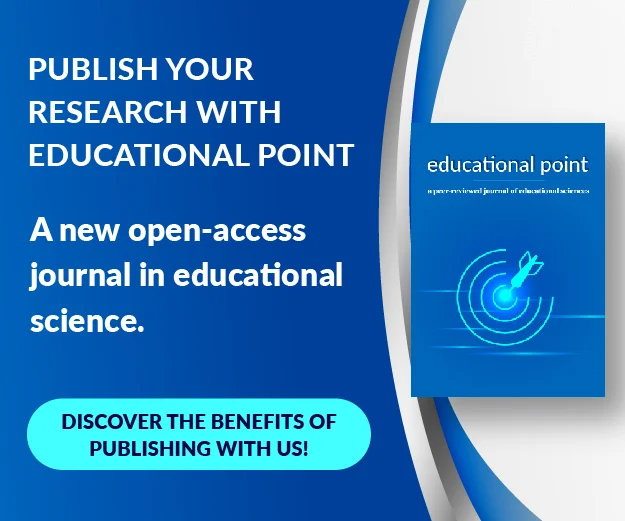Procedures After Acceptance
Table of Contents
Procedures After Acceptance
After the editorial peer review process, editors decide whether or not to publish the submitted manuscript based on their evaluations and review reports. The editors make final decisions via the online submission system and notify the corresponding author via email.
If the manuscript is accepted for publication, the article and supporting documents will be sent to a production editor for additional editing and publication. If an article processing fee is due, the author will be contacted to make payment arrangements. When proof of payment is confirmed, or if there is no publication fee for the article, the production department begins creating the first galley proof. Once the proof is complete, it is sent to the authors so that they can make any necessary corrections. Some minor adjustments may be made during typesetting, such as resizing the images in the article to fit the journal’s template. Authors may be asked to provide figures with a higher resolution. Through the online submission system, authors submit their corrections or approval of the current version of the correction file. If additional revisions are necessary, a new proof will be generated and sent to the authors. The article will be published in a journal once the authors and production editors have accepted the proof file. At the time of publication, volume, issue, article, and DOI numbers are inserted into the article’s full text, and a publication-ready version is generated. After an article is published online, authors receive a confirmation email.
Rejected Manuscripts: Authors of rejected manuscripts may be advised to submit their work to alternative journals. This recommendation is not a guarantee of publication in the journal suggested. Authors who disagree with the editorial decision may submit a formal appeal by emailing editor@educationalpoint.com with a thorough explanation of their case.
As part of our review process, we encourage reviewers to provide helpful feedback to authors on their manuscript revisions. If revisions are suggested, providing constructive analysis in the report is essential. If there are any specific comments that reviewers do not want authors to see, they can be included in the confidential comments sent to the Academic Editor.
Although expectations vary by discipline, there are a few key aspects that reviewers should evaluate:
- Are there valid research questions?
- Is the size of the participants adequate?
- Is the necessary ethical approval or consent in place, and was the research conducted ethically?
- Are the methods and design of the study suitable for answering the research question?
- Do the experiments contain proper controls?
- Are the methods, including all equipment and materials, detailed enough for the research to be replicated?
- Are the statistical tests utilized valid and adequately reported?
- Are the figures and tables legible and accurate representations of the results?
- Have previous studies conducted by the authors and others been discussed and compared with the current results?
- Are there incorrect citations in the authors’ articles, such as those that do not support the claim or an excessive number of sources?
- Are the results consistent with the conclusions?
- Are the research’s limitations acknowledged?
- Is the abstract an accurate and objective summary of the research and findings?
- Is the language easy to comprehend?
- Reviewers’ reports should be submitted through the manuscript tracking system by the agreed deadline to ensure authors receive their reviews on time. If reviewers cannot meet the deadline, they should contact editor@educationalpoint.net to arrange an alternative deadline.
Our request to reviewers is to provide an objective critique of the scientific aspects of the paper, such as the validity of the methodology and the supportability of the conclusions. Following their evaluation, we ask them to suggest one of the following actions.
- Publish without corrections
- Publish after minor changes
- Publish after major changes
- Reject
However, it is essential to note that the academic editor makes the final decision.
We suggest reading our Peer Review Checklist for a more comprehensive overview of peer review.

Email alerts
Sign up receive email alerts:
- With the latest table of contents
- When new articles are published online